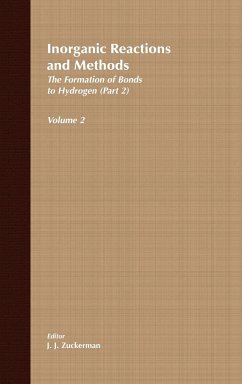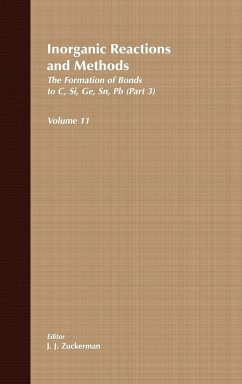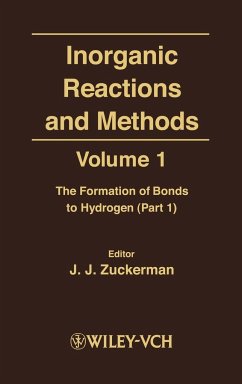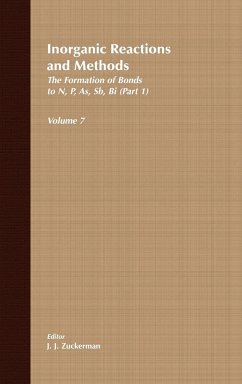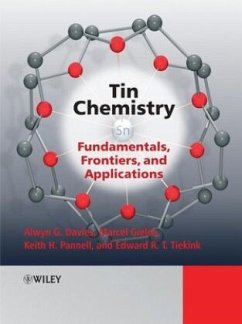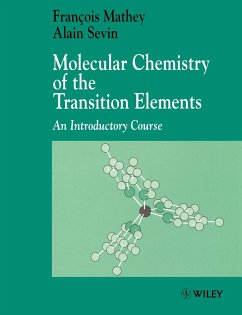Nicht lieferbar
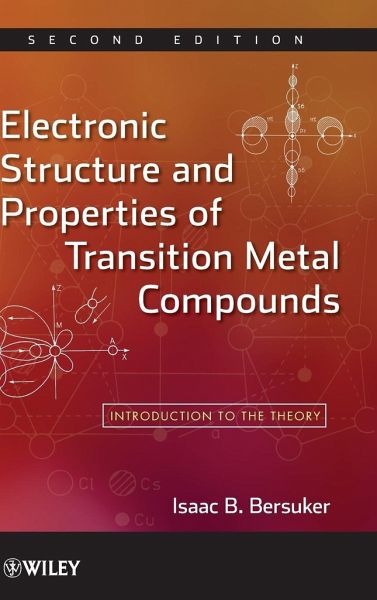
Transition Metal Theory 2e
Versandkostenfrei!
Nicht lieferbar
With more than 40% new and revised materials, this second edition offers researchers and students in the field a comprehensive understanding of fundamental molecular properties amidst cutting-edge applications. Including ~70 Example-Boxes and summary notes, questions, exercises, problem sets, and illustrations in each chapter, this publication is also suitable for use as a textbook for advanced undergraduate and graduate students. Novel material is introduced in description of multi-orbital chemical bonding, spectroscopic and magnetic properties, methods of electronic structure calculation, an...
With more than 40% new and revised materials, this second edition offers researchers and students in the field a comprehensive understanding of fundamental molecular properties amidst cutting-edge applications. Including ~70 Example-Boxes and summary notes, questions, exercises, problem sets, and illustrations in each chapter, this publication is also suitable for use as a textbook for advanced undergraduate and graduate students. Novel material is introduced in description of multi-orbital chemical bonding, spectroscopic and magnetic properties, methods of electronic structure calculation, and quantum-classical modeling for organometallic and metallobiochemical systems. This is an excellent reference for chemists, researchers and teachers, and advanced undergraduate and graduate students in inorganic, coordination, and organometallic chemistry.







